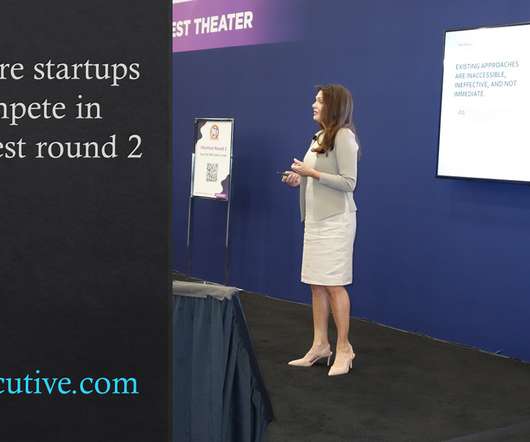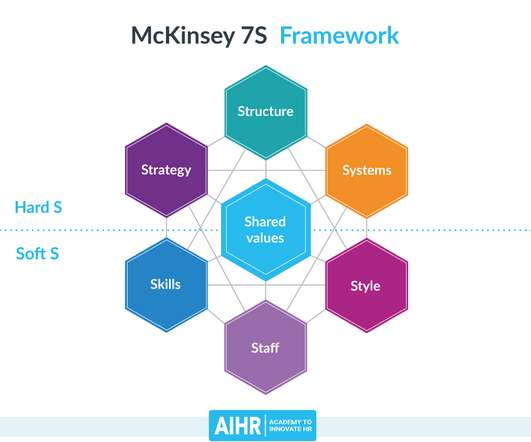360 Reviews: Everything You Need to Know
Intoo USA
AUGUST 2, 2023
It can help employees gain confidence in the strengths identified by their feedback group. Even though the following limitations may be experienced minimally, they are crucial for managers and employers to be aware of if they want to use 360 evaluations. Contact us to learn how we can make a difference for you and your employees.
















Let's personalize your content